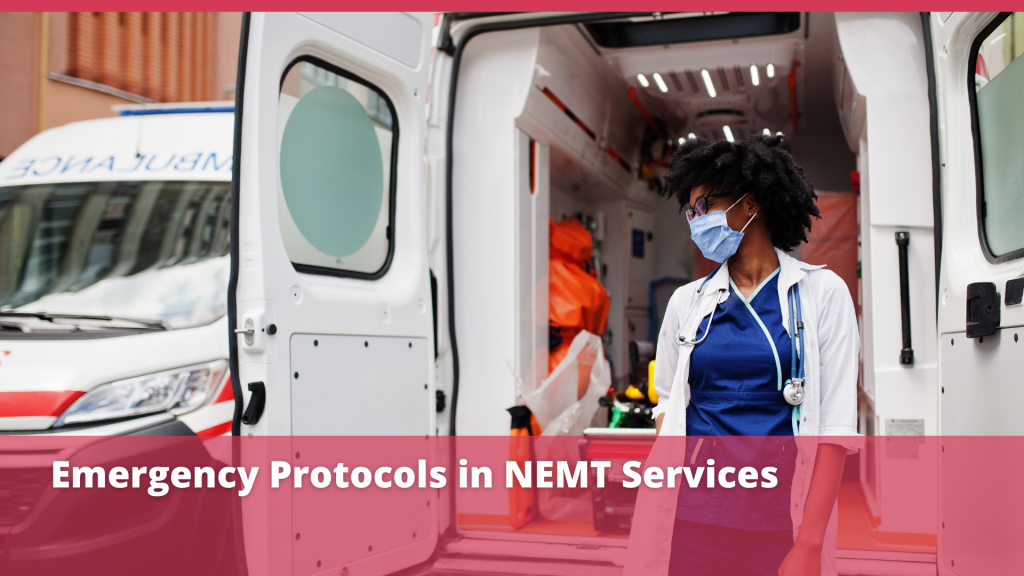New at Safr Care
How NEMT Providers Handle Medical Emergencies on the Road

Emergency Preparedness in Non-Emergency Medical Transport
Core Emergency Response Framework
1. Immediate Response Protocol
- Driver safety assessment and vehicle positioning
- Primary patient evaluation (ABC check: Airway, Breathing, Circulation)
- Emergency services notification (911 call)
2. Medical Intervention
First Aid Kit
Sterile dressings
Antiseptics
Emergency blanket
Emergency Devices
Automated AED
Portable oxygen
Blood glucose monitor
Real-World Emergency Response
Cardiac Event During Transport
Timeline:
- 02:15 PM – Patient reports chest pain
- 02:16 PM – Vehicle safely parked, 911 called
- 02:18 PM – Aspirin administered, AED deployed
- 02:24 PM – EMS arrival and handoff
Outcome: Full recovery after hospital treatment
3. Post-Emergency Procedures
- Detailed incident documentation
- Family/physician notification
- Vehicle equipment restock
- Driver stress debriefing
Key Training Components
Medical Certification
CPR/BLS
First Aid
HIPAA Compliance
Scenario Training
Diabetic emergencies
Seizure response
Fall recovery
